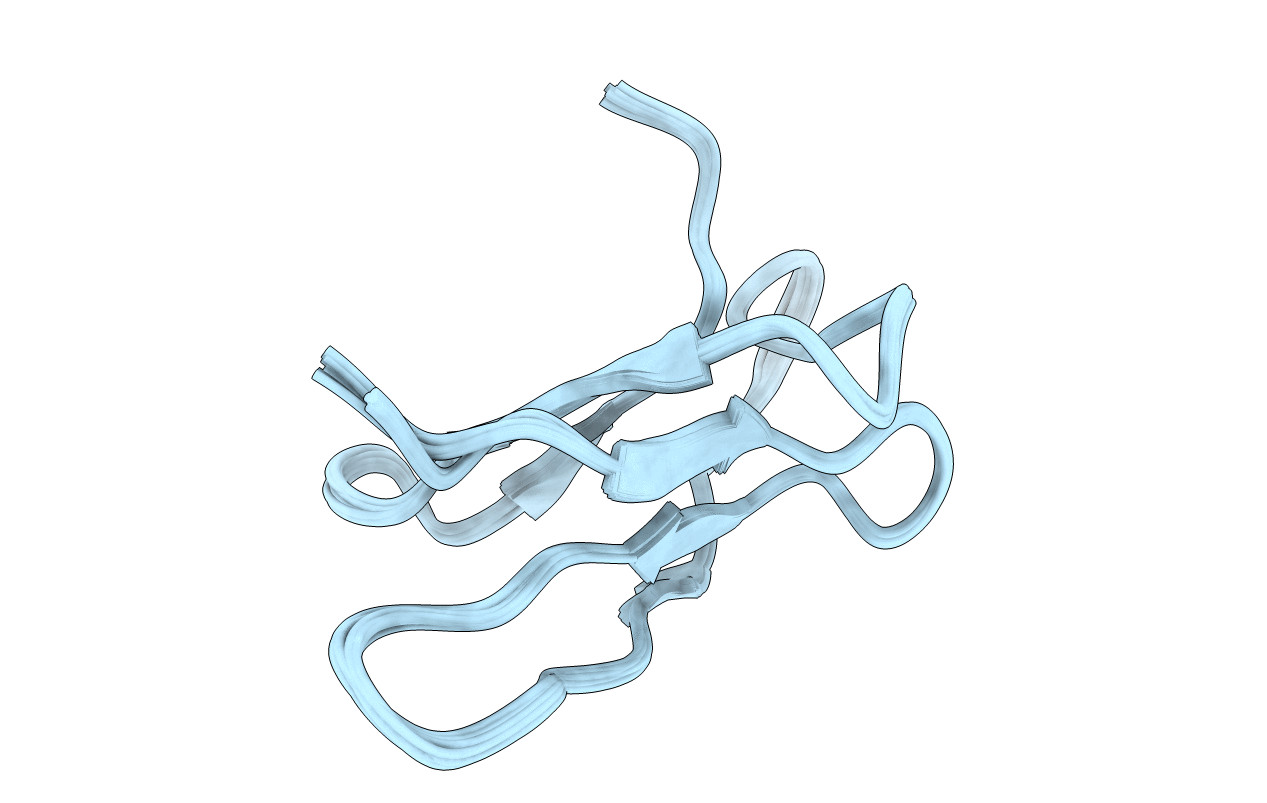
Deposition Date
2016-03-17
Release Date
2017-04-19
Last Version Date
2024-11-27
Entry Detail
PDB ID:
2NC2
Keywords:
Title:
Structure, Dynamics and functional Aspects of the antifungal protein sfPAFB
Biological Source:
Source Organism:
Penicillium chrysogenum (Taxon ID: 5076)
Host Organism:
Method Details:
Experimental Method:
Conformers Calculated:
100
Conformers Submitted:
20
Selection Criteria:
structures with the lowest energy


